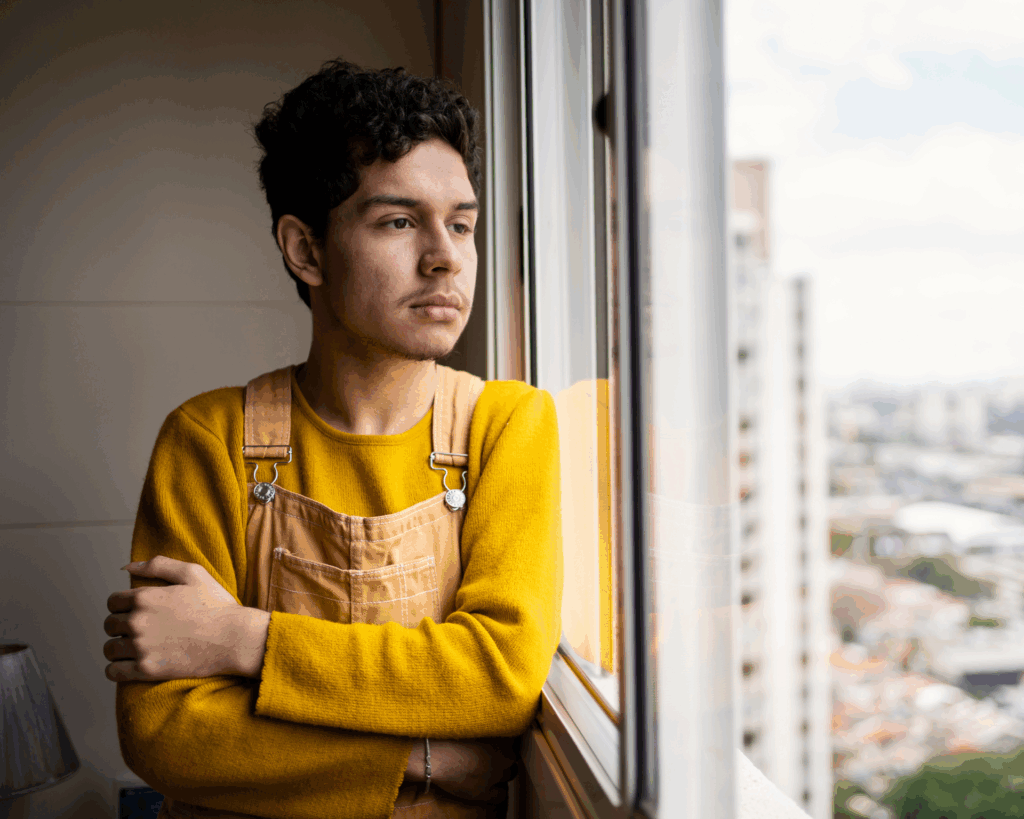Why did we Keep our Schools Closed?
Why did schools stay closed when we knew that the risk of them staying closed probably outweighed the risk of them re-opening?

Read Time: 4 minutes
Published:
By March 2020 the Covid-19 pandemic had taken hold in America, and within a few days the country had moved to an unprecedented slowdown of civic and professional life in an effort to limit the spread of the virus. As part of this general shutdown we closed K-12 schools. In spring of 2020, 48 states required or recommended the closure of public schools; more than 50 million children and their teachers stayed home. In the face of a new, poorly understood virus, our collective shut down was entirely reasonable, and to a large extent remarkably successful.
And yet, by the summer of 2020, data were emerging that showed that children were less likely to contract Covid-19, and if they did, their disease was mild, and they had a low probability of transmitting it. Data quickly accumulated showing that children were unlikely to be an important cause of viral transmission. This, coupled with other data showing the educational and social developmental losses that were being incurred due to persistent school closure—often affecting marginalized children more than others—made a strong argument for re-opening schools in the fall of 2020.
And yet, schools continued to remain closed, affecting as many as half of all children in the US in the fall of 2020 with only about a quarter of schools remaining fully open for in-person learning. Why did schools stay closed when we knew that the risk of them staying closed probably outweighed the risk of them re-opening? Of course, societally, we are always particularly tentative if we can imagine even the smallest risk of children dying. But we suggest that there were three additional reasons, and that we might do well to learn from each of them.
First, the pandemic highlighted the precarious nature of the country’s educational infrastructure. On close examination, schools were shown to have poor ventilation, and were ill-equipped to implement systemic approaches to testing and screening that would have been required to offer peace of mind to parents and teachers. If a school-based Covid-19 outbreak were to occur, could it be expeditiously contained? These problems of course preceded the pandemic, and it became painfully clear how important it would have been to address these issues before a crisis, rather than aim to do so during a national emergency.
Second, the politics of school board governance, driven by our particular mix of fear about the unknown virus and lack of confidence that we knew how best to contain the pandemic, paralyzed many school boards from taking quick decisive action, even when the evidence suggested a way forward. Private schools—often independent and smaller and able to mobilize the necessary funding—were able to implement Covid-19 testing and control measures and re-open, while public school districts found themselves mired in the public debate and unable to act swiftly enough to re-open by the fall.
Third, it was never clear if we saw the need to educate children in school as enough of a priority to overcome these other concerns, even amidst uncertainty. This meant that we were not focused enough, nor motivated enough, to invest quickly in the resources needed to make it indeed possible for children to return to school or to break through the political logjams.
This all suggests to us the need to invest in infrastructure before a crisis, to invest in effective governance that can plan and act when needed, and to be clear collectively what we prioritize, with the wellbeing of children perhaps above other potential priorities.
Warmly,
Michael Stein & Sandro Galea
As we re-emerge from the pandemic, 2021 stands to be a turning point year for public health. In The Turning Point’s weekly essays, we reflect on what we learned during 2020, and what we are learning during 2021, that can guide us to the creation of a better, healthier world.
Photo via Getty Images




